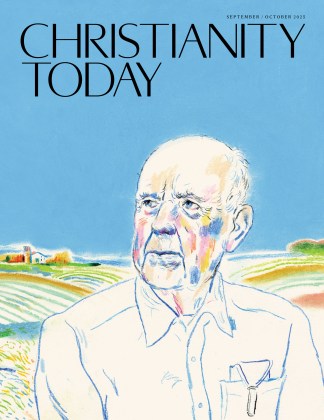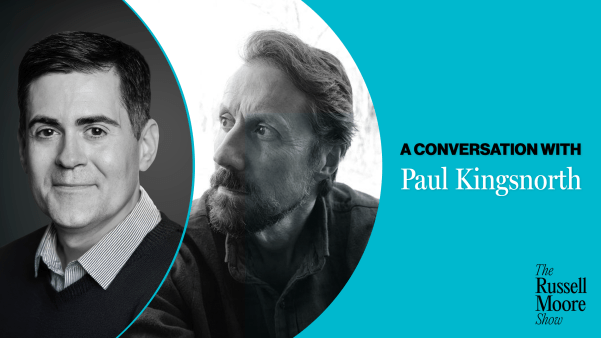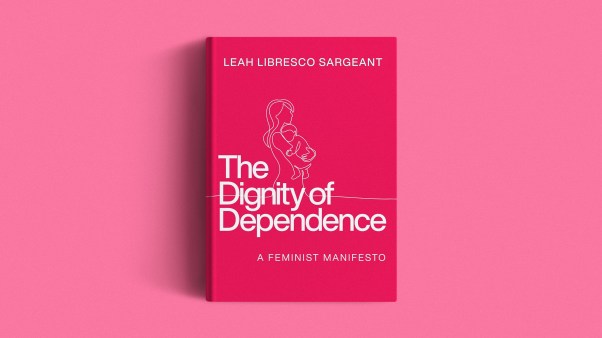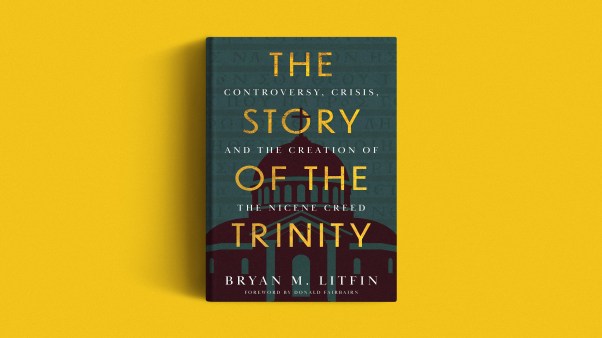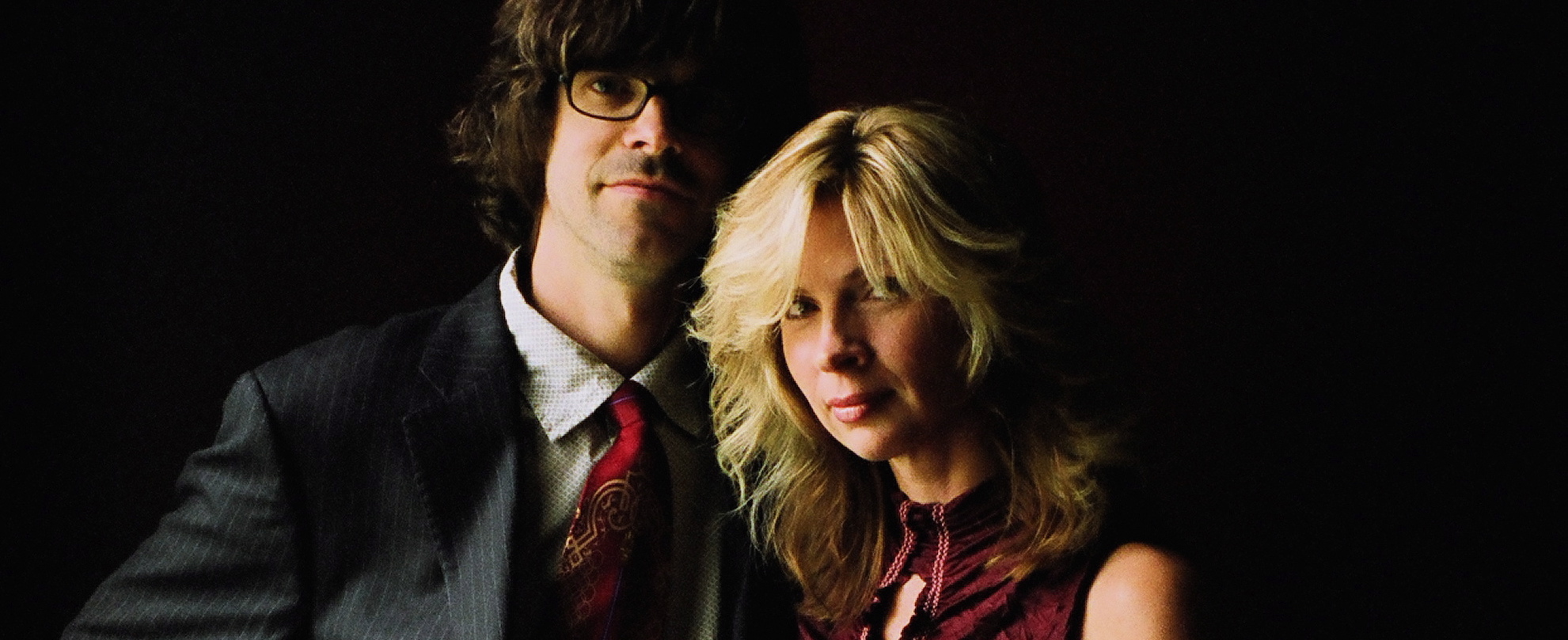 Being pregnant during Christmas, I’m learning, has its benefits: a perpetual holiday glow, an excuse to eat two, or five, cookies, and a legitimate reason to buy new clothes (i.e., presents) for yourself. One thing pregnancy doesn’t do, however, is make Advent more spiritually significant.
Being pregnant during Christmas, I’m learning, has its benefits: a perpetual holiday glow, an excuse to eat two, or five, cookies, and a legitimate reason to buy new clothes (i.e., presents) for yourself. One thing pregnancy doesn’t do, however, is make Advent more spiritually significant.
For as long as I can remember, I’ve been obsessed with the Virgin Mary. When I realized that my pregnancy would overlap with Advent, I relished the chance to relate to Mary’s experience of waiting for Jesus in a unique and profound way. This Advent, I was sure, would be unlike any other.
And so far, it has been. But not because I’m pregnant.
In his book Mary For Evangelicals (IVP, 2006), theologian Tim Perry attributes Christians’ fascination with Mary to our fascination with Jesus. Mary, he writes, “directs the faithful away from herself, always to her Son.” Nowhere is this truer than in the Christmas story, in which Mary’s blessedness derives not from her but from her child. Somehow, I had forgotten this. Using childhood storybooks and Nativity scenes, I had constructed an image of Mary that superseded the child she carried.
Experiencing Advent through Mary’s eyes is, indeed, a powerful way to celebrate the season. But because our true celebration is about waiting for Christ – not waiting to go into labor – Mary’s experience is one that all believers can share.
You don’t have to spend even a few minutes with a child to see that we are innately bad at waiting. In 1972, psychologist Walter Mischel of Stanford University conducted the now-famous Stanford marshmallow experiment, which studied deferred gratification in children. In the experiment, each child is offered a marshmallow and two options: eat the marshmallow now, or wait a specified period of time and get two marshmallows instead of one. Professionals and parents alike have reproduced the experiment countless times. A quick look at one parent’s version of the test will give you a pretty good idea of how difficult waiting can be when you’re just learning how to do it.
Waiting isn’t the only way that everyone can connect to Mary. Mary was waiting for Christ. In celebrating his first coming, we Christians also practice waiting for his second coming. Mary’s experience of waiting for Jesus gives us a glimpse of what our Advent waiting can look like.
Mary’s season of waiting is marked by an active affirmation of faith. When Mary hears that she will give birth to the Son of God, she replies, “I am the Lord’s servant. May it be to me as you have said (Luke 1:38)”. Perry argues that in this verse, “servant” (in Greek, doule) is better translated “slave.” When she embraces the title “slave of the Lord,” Mary actively “assents to God’s plan and God’s authority.”Although Mary’s faith does not earn her the privilege of bearing Christ any more than our faith earns us the privilege of being children of God, it is a proactive response to the challenge of waiting that we do well to emulate.
After affirming her calling in faith, Mary seeks intentional community. She doesn’t immerse herself in the company of just anyone as a means of distraction or comparison (hello, Facebook!). Instead, she visits her cousin Elizabeth, also experiencing her own unexpected waiting. Waiting does not need to happen in isolation. As the church, we can be Elizabeths and Marys to one another—men and women in genuine relationship who can buoy each other up when the waiting weighs too heavily to bear alone.
While with Elizabeth, Mary exhibits the third characteristic of her experience of waiting: praise. Mary begins her Magnificat by praising God. “My soul glorifies the Lord and my spirit rejoices in God my Savior, for he has been mindful of the humble state of his servant” (Luke 1:46-48). Perry connects Mary’s praise of God to her fulfillment of a prophetic role; “she declares that the God who has been mindful of her has always cared for the lowly and, in such care, remembers and fulfills his promise to Abraham and the patriarchs.” Like Mary, we can pepper our wait for Christ by praising God for his past faithfulness and prophetically affirming that God keeps his promises.
Mary’s final response to that first Advent comes after Jesus’ birth. Amid the whirlwind of activity that followed – the angels and the shepherds and the swaddling and the manger – Mary “treasured up all these things and pondered them in her heart” (Luke 2:19). Silent, thoughtful reflection is an invaluable component of Advent because it lets us interpret our experiences. Perry quotes Elizabeth Johnson’s Truly Our Sister, writing that Mary’s pondering is her attempt to “understand difficult matters concerning the lives of those she loves …. Hers is a life in the process of becoming—no final answers yet available.”
No final answers yet available—this, to me, is the most refreshing characteristic of Mary’s experience, the one I most easily relate to, pregnant or not. Waiting in general and Advent in particular provides a liquid period of time during which we can try, and fail, to piece together our experiences and our understanding of God’s direction in our lives. Along the way, we seek community with fellow believers, we praise God for his past faithfulness and affirm his future faithfulness, and we move forward one day at a time in faith. At the end of the wait, we do not need to have any answers. We don’t need to fully understand what is about to happen. We merely need to be there.
Like today’s community of believers, Mary was charged with carrying Christ to the world. As such, writes Perry, “She is a type of the community that God has by Grace called into being to bear his Word to the world.” This Advent season, I’m humbled to remember that my role as a disciple of Christ trumps my role as an expectant mother. As for a special connection to Mary—I now realize I had that the moment I placed my faith in the Christ Child.
Heard some Really Cool News today: The uber-terrific Joe Henry, he of the endless well of creativity, is going to produce the uber-fantastic Over the Rhine‘s next album. The Ohio husband-wife duo – Linford Detweiler and Karin Bergquist – are headed to LA in mid-May to start the recording process. No release date on the album yet, but I’m already drooling.
Detweiler made the announcement Friday in a long newsletter to fans, which included an appeal to fans to help defray the huge upfront costs of making a record – in exchange for some goodies in return.
Among Linford’s musings: “We are going to make a record that we can’t quite imagine. Hopefully it will be a little bit strange and a little bit wonderful. Hopefully we will, ‘Blow the seams out of the songs.’ (JH) One thing for sure: We are going to be surprised.”
One can’t help but appreciate Detweiler’s reasons that he and Bergquist want to keep making music. Linford writes:
“One: We believe making music has something to do with what we were put on this earth to do. If we leave our songs alone, they call to us until we come back to where we belong. When we live in the sweet spot of that calling, it gives others (you?) permission to discover the sweet spot of your own calling and live there.
“Two: Both Karin and I have had occasion to bury loved ones. When we put loved ones in the ground, we find that we lose interest in acquiring stuff. We know we can’t take it with us when we go. No, it’s not about acquiring, rather it’s about what we are able to leave behind. That’s what gives life meaning: doing work that you can leave behind, your personal token of gratitude to the world in return for the gift of getting to be alive in it. (We believe the opportunity to make this record with Mr. Henry has everything to do with what we will leave behind.)
“Three: Presence. There is a beautiful passage of scripture that made an impact on me as a child that I have never forgotten. Jesus said that if you help someone in need, someone hungry or naked or thirsty or imprisoned, if you are able to be present with them and soothe them in some way, it’s the same as if God was hungry or naked or thirsty or imprisoned and you found a way to help God.
“There is so much need in this beautiful broken world it can be overwhelming. Maybe the most profoundly satisfying thing about making music for the last 20 years is we have watched people invite our music to be part of the big moments of their lives – a slow dance in the kitchen with someone who changed everything, a walk down the aisle at a wedding, a child being born… Unfortunately, big moments also occur during seasons when it feels like everything is going horribly wrong. We all need music during those dark times too – I know I do. It’s always humbling and amazing to learn that our music can be present in those too-difficult-too-imagine times. In some small way, through our music, it feels like we get to be present too, even when that is
physically impossible. We get to be there in spirit.
“That’s enough to keep us coming back.”
And enough to keep OTR fans looking forward to what comes next.
